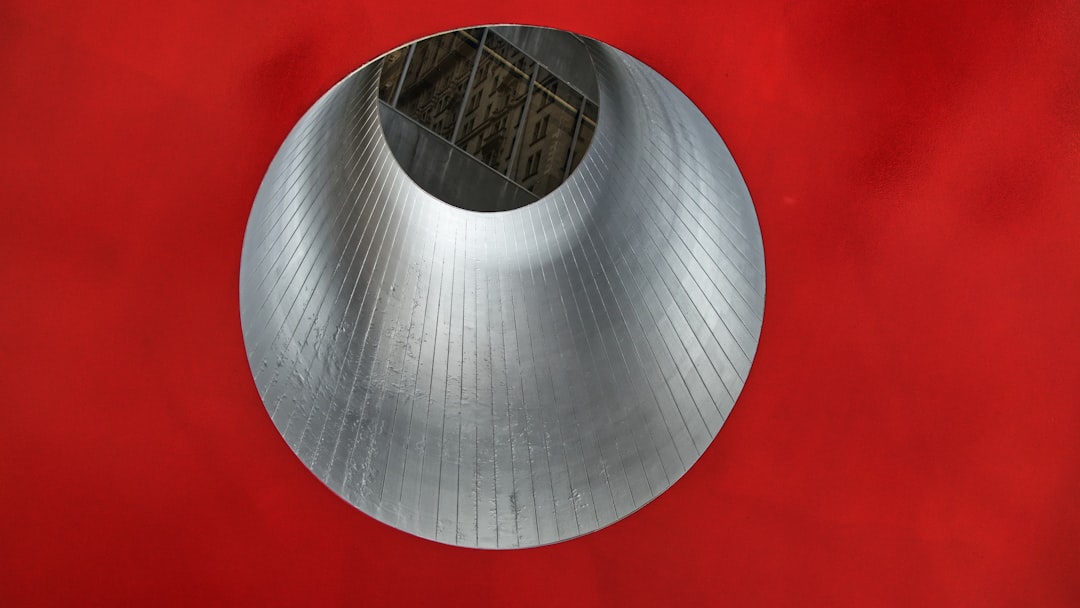body { font-family: sans-serif; line-height: 1.6; }
h1, h2, h3 { color: #333; }
code { background-color: #f0f0f0; padding: 2px 4px; border-radius: 4px; }
Steel, an alloy of iron and carbon, is one of the most versatile and widely used materials in the world. Its properties can be dramatically altered by varying the carbon content and adding other alloying elements, resulting in a bewildering array of steel types, each suited to specific applications. This guide delves into the broad range of steel varieties, exploring their characteristics and uses.
1. Carbon Steels: The Foundation of Steel Production
Carbon steels form the bedrock of the steel industry. Their properties are primarily determined by the percentage of carbon present. Low-carbon steels (mild steels), containing less than 0.3% carbon, are known for their ductility, weldability, and ease of forming. They are commonly used in applications like automotive body panels, pipes, and structural components. Medium-carbon steels (0.3% to 0.6% carbon) offer increased strength and hardness, making them suitable for railway tracks, gears, and shafts. High-carbon steels (0.6% to 2.0% carbon), boasting exceptional hardness and wear resistance, are ideal for tools, springs, and cutting edges. The higher the carbon content, the harder and stronger the steel becomes, but at the cost of ductility and weldability.
2. Alloy Steels: Enhancing Performance through Alloying Elements
Alloy steels are carbon steels with additions of other elements like manganese, chromium, nickel, molybdenum, and vanadium. These additions significantly enhance specific properties, such as strength, corrosion resistance, and hardenability. For instance, manganese increases strength and hardenability, while chromium enhances corrosion resistance and high-temperature strength. Nickel improves toughness and ductility, particularly at low temperatures. Molybdenum increases hardenability and high-temperature strength, while vanadium refines grain structure and improves toughness. The precise combination of alloying elements determines the specific properties and applications of the alloy steel.
3. Stainless Steels: The Champions of Corrosion Resistance
Stainless steels are a crucial subset of alloy steels, characterized by their exceptional corrosion resistance. This resistance stems primarily from the presence of chromium (at least 10.5%), which forms a passive chromium oxide layer on the steel’s surface, protecting it from oxidation and corrosion. Different grades of stainless steel are available, each with varying chromium content and other alloying elements to tailor properties for specific applications. Austenitic stainless steels (like 304 and 316) are non-magnetic and highly ductile, widely used in food processing equipment, medical instruments, and architectural cladding. Ferritic stainless steels are magnetic and offer good corrosion resistance at lower costs. Martensitic stainless steels are hardenable and used in cutlery and surgical instruments.
4. Tool Steels: Designed for Durability and Performance
Tool steels are high-carbon, high-alloy steels specifically engineered for their exceptional hardness, wear resistance, and toughness. These steels are crucial for manufacturing tools used in cutting, forming, and shaping various materials. High-speed steels (HSS), containing tungsten, molybdenum, and vanadium, retain their hardness even at high temperatures during cutting operations. Cold-work tool steels are used for tools that operate at room temperature, prioritizing hardness and wear resistance. Hot-work tool steels maintain their hardness at elevated temperatures, suitable for forging dies and extrusion tools.
5. Specialized Steels: Tailoring Properties for Niche Applications
Beyond the common types, a wide array of specialized steels caters to niche applications with specific requirements. These include maraging steels, known for their exceptional strength and toughness; precipitation-hardening stainless steels, combining high strength with corrosion resistance; and cryogenic steels, maintaining toughness and strength at extremely low temperatures. Other specialized steels include those designed for high-temperature applications, such as those found in power plants and aerospace components, and those with enhanced magnetic properties for use in electrical machinery.
Choosing the right steel requires careful consideration of the application’s demands. Factors like strength, hardness, ductility, weldability, corrosion resistance, and cost must all be weighed. Consulting with material engineers can ensure the selection of the optimal steel grade for any given project.
SEO-Friendly Tags:
- Steel Types
- Steel Grades
- Carbon Steel
- Stainless Steel
- Alloy Steel




